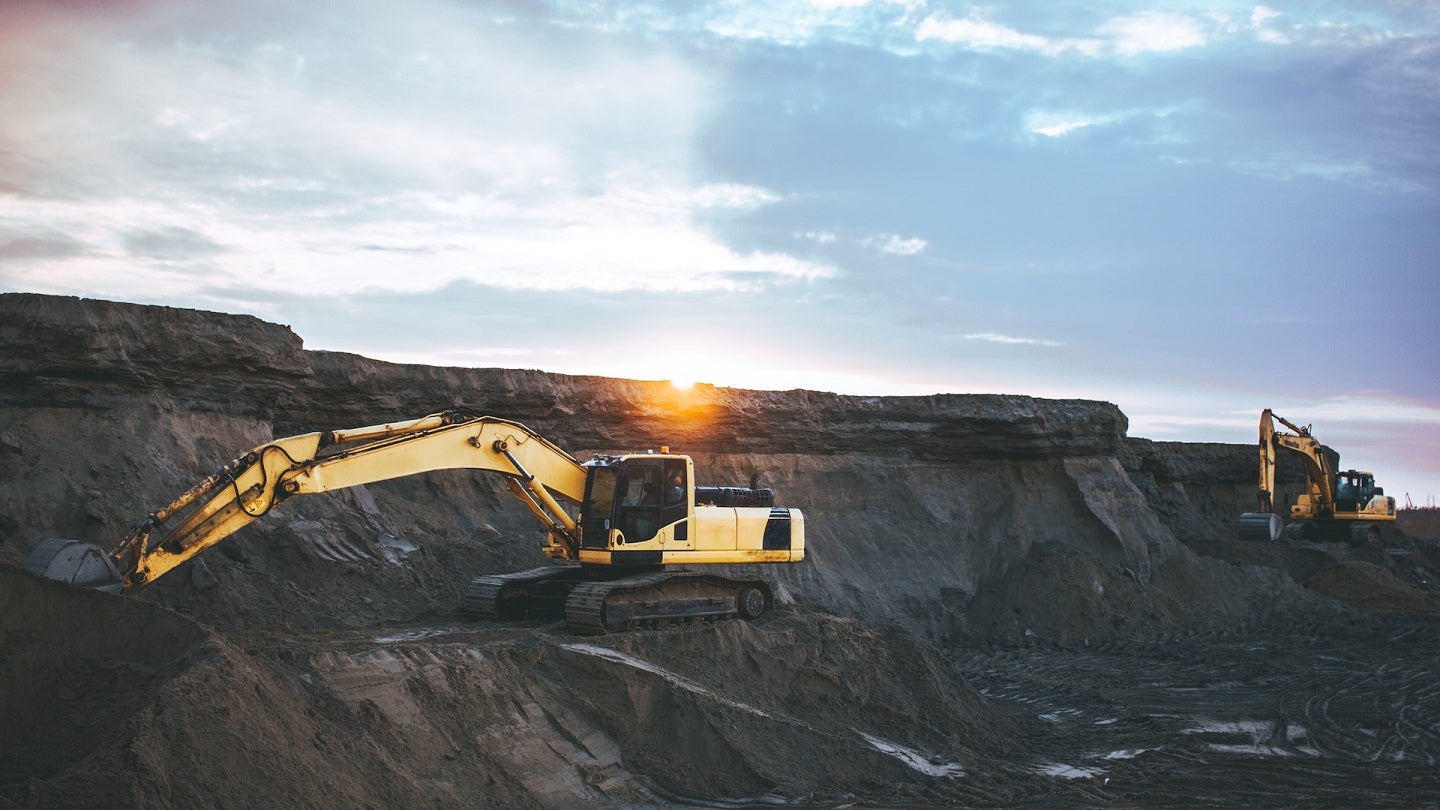According to a new report, Western Australia’s large-scale green iron production could reduce global carbon dioxide (CO2) emissions by 1.2 per cent by 2050, effectively offsetting nearly every tonne of CO2 currently produced in Australia.
The report from the Chamber of Minerals and Energy WA (CME) detailed these new findings and outlined the state’s potential to decarbonise steelmaking while generating $74 billion in economic value and supporting 19,600 direct jobs.
“Steelmaking accounts for between six to nine per cent of global emissions, with ironmaking alone generating up to 90 per cent of that CO2,” CME chief executive officer Rebecca Tomkinson said.
“WA’s major iron ore producers are already exploring several new pathways to drastically reduce those emissions with promising early results.”
The report, which relies on analysis from Mandala Partners, identifies a hydrogen-based ironmaking process requiring $37.5 billion in investments by 2030 to produce 4.5 million tonnes (Mt) of green iron annually.
This would fund energy infrastructure, green hydrogen facilities, desalination plants, and upgraded ports.
Tomkinson said there are massive rewards on offer if the state gets it right.
“Not only would it create tens of thousands of jobs and safeguard the future of our world-leading iron ore industry, producing green iron at scale would remove hundreds of millions of tonnes of global emissions,” she said.
“The impact is so large that if WA supplied 218 million tonnes of green iron by 2050 – using about 40 per cent of the iron ore we produce today – global emissions would fall by 1.2 per cent.
“That would mean offsetting nearly every single tonne of Australia’s current 465 million tonnes of domestic CO2 emissions.”
Industry leaders reiterated the report’s enthusiasm, with Fortescue executive chairman Andrew Forrest saying green iron will help ensure the prevention of climate change impacts.
“For Australia, it presents a once-in-a-generation economic opportunity to build what could be our largest ever single industry, generating billions of dollars annually and creating thousands of highly paid jobs for generations of West Australians,” he said.
“Right now, there are other forward-thinking countries lining up to seize our green metals advantage. It is therefore imperative that Government joins industry in seizing this opportunity.”
Rio Tinto iron ore chief executive officer Simon Trott said the company is working on a range of projects with its customers and suppliers to reduce the carbon intensity of steelmaking, which contributes eight per cent of the world’s CO2 emissions.
“We also recognise the task requires a collaborative effort, so we’re working with industry to find better ways to develop technology to produce less carbon intensive steel,” he said.
BHP asset president WA iron ore Tim Day said it was fantastic to see CME’s green iron report shine a light on some of the work the company has been doing in the lab and with its partners for several years now.
“It will take a united front to help fast-track near-zero emission-intensity pathways for steelmakers using Pilbara ores, but we think the potential outcomes could be game-changing,” he said.
“If we get it right, it could be a major step forward in setting up WA, Australia, and the world for a low greenhouse gas emission future.”
Subscribe to Australian Mining and receive the latest news on product announcements, industry developments, commodities and more.




